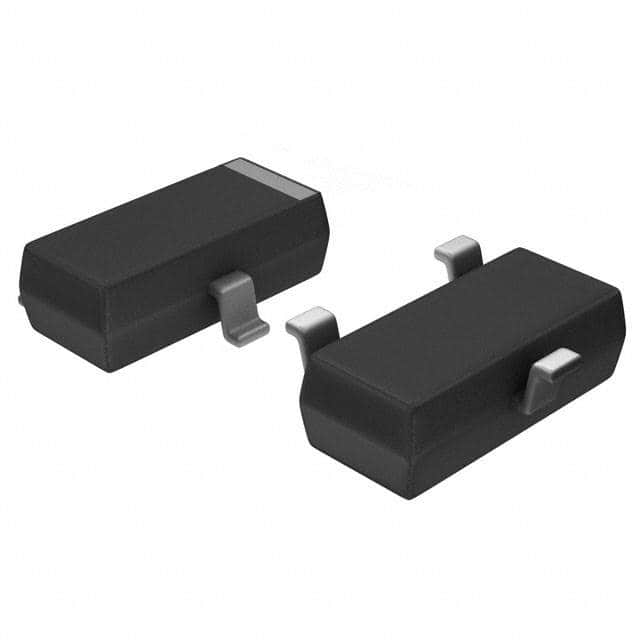KBPC5008W
Product Overview
Belongs to: Electrical Components
Category: Bridge Rectifier
Use: Converts alternating current (AC) to direct current (DC)
Characteristics: High voltage and current capability, compact design
Package: Through Hole
Essence: Essential for converting AC to DC in various electronic applications
Packaging/Quantity: Typically packaged in bulk quantities
Specifications
- Maximum Average Forward Output Current: 50A
- Peak Repetitive Reverse Voltage: 800V
- Maximum RMS Voltage: 560V
- Forward Voltage Drop: 1.1V
- Operating Temperature Range: -55°C to +150°C
Detailed Pin Configuration
The KBPC5008W bridge rectifier typically has four pins, with two input pins for the AC supply and two output pins for the DC output.
Functional Features
- Efficiently converts AC to DC
- High current and voltage handling capability
- Compact and robust design
Advantages and Disadvantages
Advantages: - High voltage and current capability - Compact design - Reliable performance
Disadvantages: - Higher forward voltage drop compared to some alternative models - Limited operating temperature range
Working Principles
The KBPC5008W bridge rectifier operates on the principle of rectification, where it converts the incoming AC signal into a pulsating DC signal through the use of diodes.
Detailed Application Field Plans
The KBPC5008W is commonly used in power supplies, battery chargers, motor drives, and other electronic equipment requiring high-current rectification.
Detailed and Complete Alternative Models
- KBPC5010W
- KBPC5016W
- KBPC5020W
In conclusion, the KBPC5008W bridge rectifier is a crucial component in various electronic applications due to its high voltage and current capabilities, compact design, and efficient conversion of AC to DC. While it has advantages such as reliable performance, it also has limitations in terms of forward voltage drop and operating temperature range. Understanding its specifications, pin configuration, functional features, and application field plans can help in effectively utilizing this component or considering alternative models for specific requirements.


